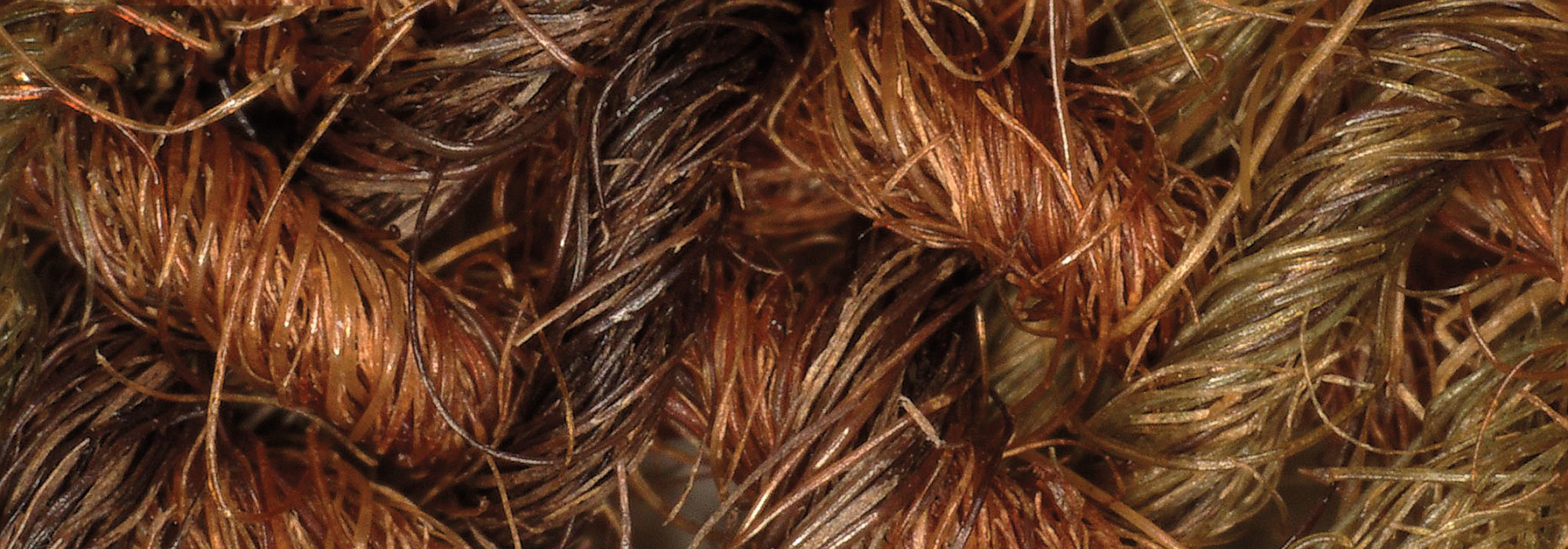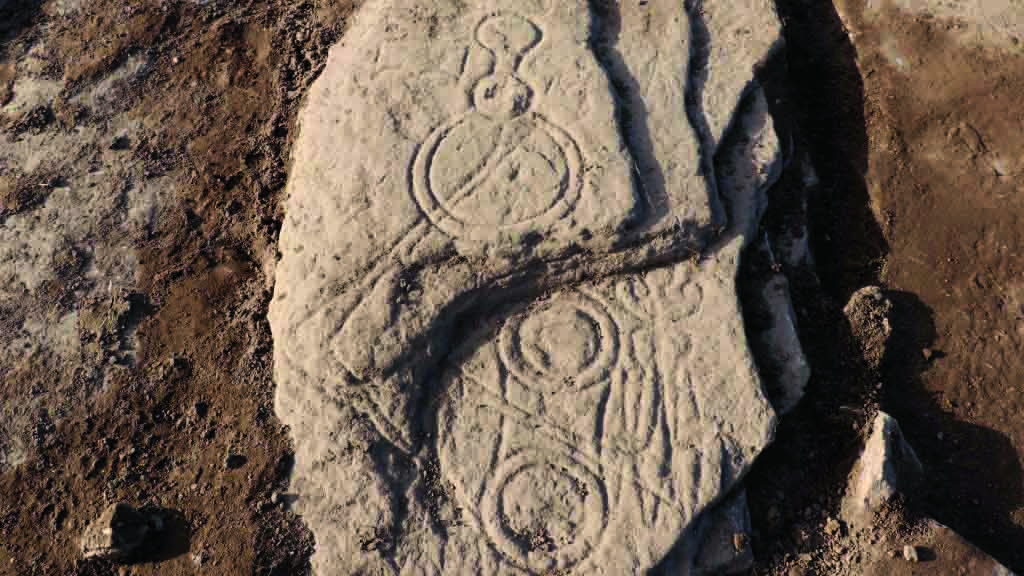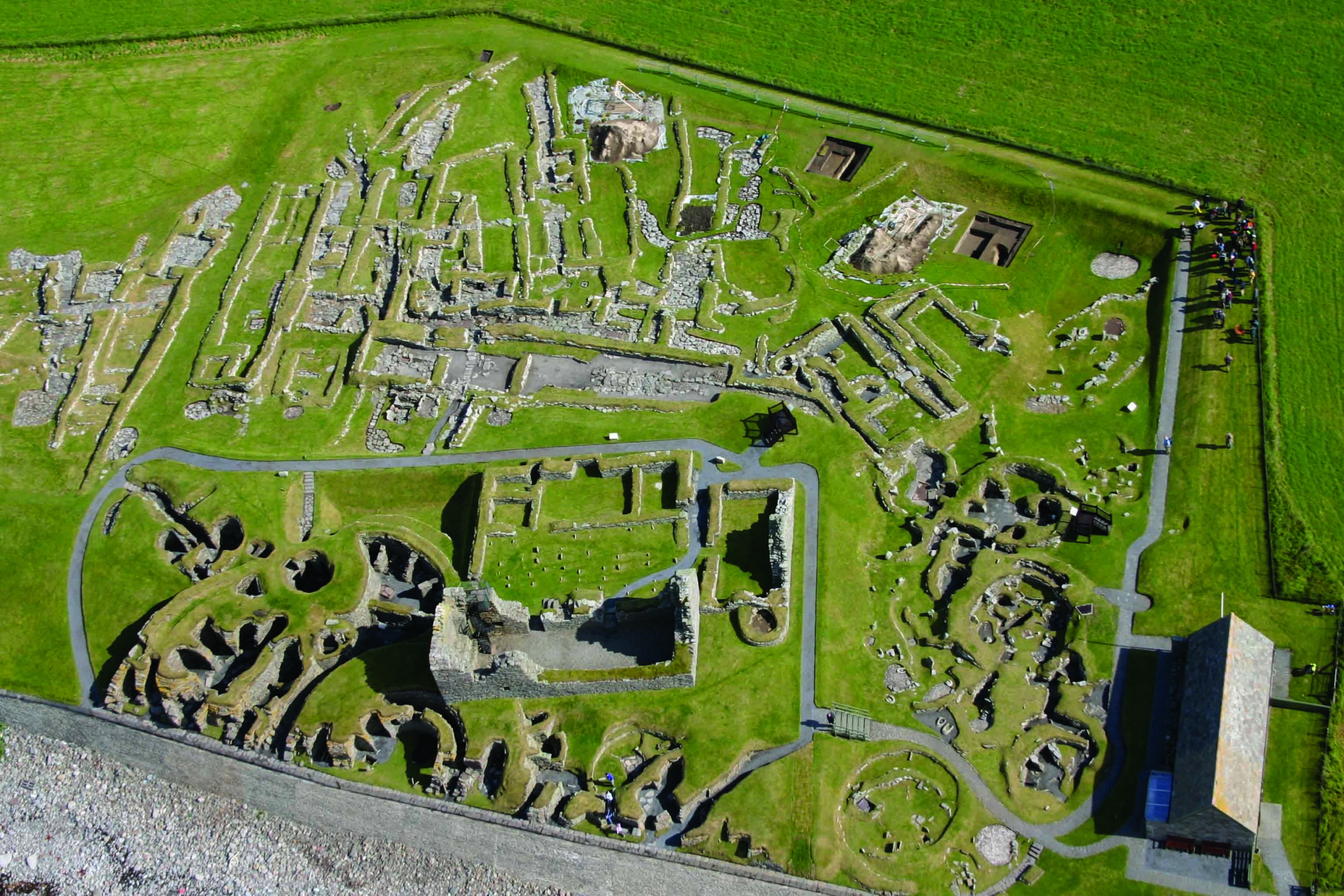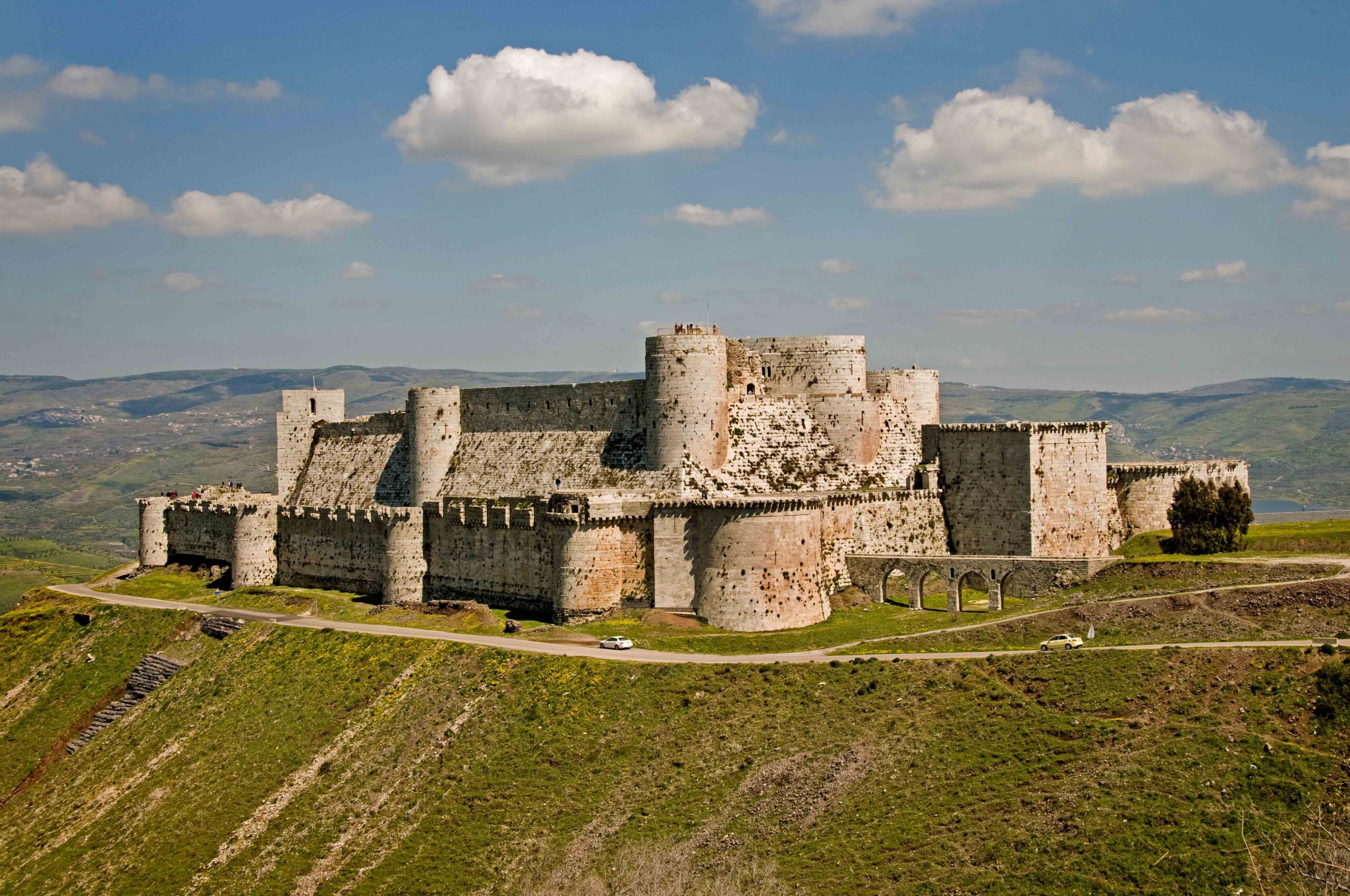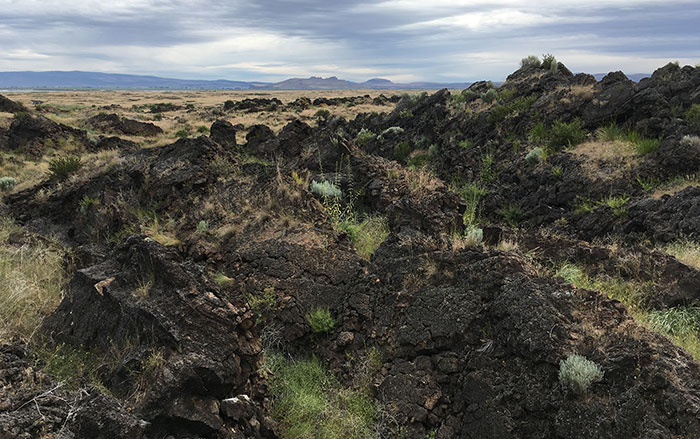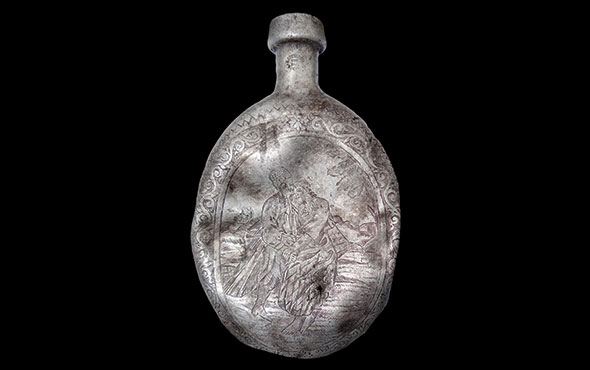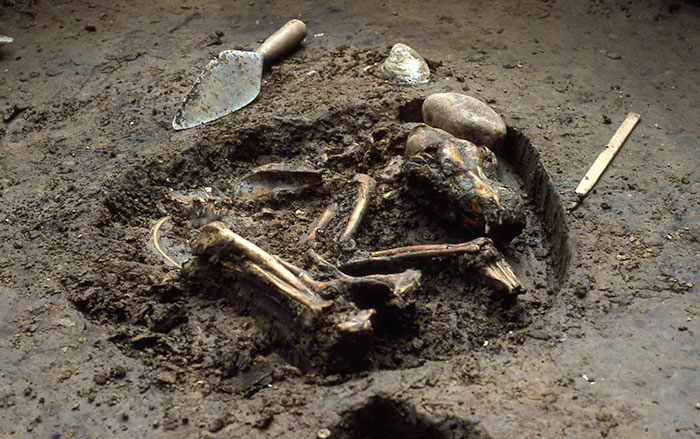
BENBECULA, SCOTLAND—BBC News reports that a prehistoric site has been discovered in a submerged, partially fossilized forest on one of Scotland’s Western Isles. Researcher Joanna Hambly of the Scottish Coastal Archaeology and the Problem of Erosion Trust said researchers had recovered a quern stone, used for grinding food, in addition to a wall and what may have been parts of circular stone structures. A piece of a quartz flake was even found in the bone it had been used to butcher. “To find the remains of a butchery site is incredibly rare,” Hambly said, “the survival of a single action in prehistory preserved in intertidal peats.” Between 10,000 and 7,000 years ago, she added, the forest consisted of birch, hazel, willow, aspen, rowan, oak, Scots pine, alder, ash, and elm trees. All of the trees were gone by about 2,500 years ago, due to human activity and rising sea levels. Radiocarbon dating will help date the artifacts. For more on archaeology in Scotland, go to “Neolithic Europe's Remote Heart.”


